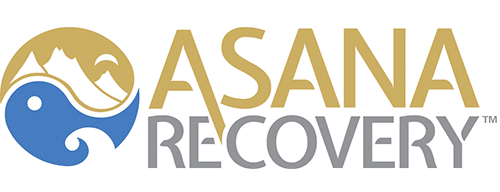In 2015, 39.3 million people used tranquilizers, or 14.7% of the U.S. population, used tranquilizers. Tranquilizers are central nervous system (CNS) depressants and can be broken down into barbiturates and benzodiazepines, both of which are highly addictive. These drugs can make the user feel extremely relaxed which is often accompanied by a feeling of floating through the room or above the bed.
Users often experience periods of sleep while on tranquilizers, and their heart rate decreases. Breathing becomes shallow, and concentration becomes muddled, usually with feelings of confusion due to the drowsiness produced. The combination of these various effects also produces dulled emotions in the individual until the drug wears off.
When a tranquilizer wears off, reality comes back and is often accompanied by feelings of anxiety, insomnia, and bouts of depression. The body goes from free-floating careless feelings to the opposite emotions of distress and despair. These negative feelings afterward the drug use prevent the individual from relaxing and may create the desire to take more tranquilizers to relax again. Confusion and slow reflex symptoms commonly persist for a few days after the drug has completed its cycle.
The reason tranquilizers produce these drowsy effects is because they affect the neurotransmitters associated with sleep. Tranquilizers make the GABA neurotransmitter, which decreases brain activity before sleep, significantly more powerful, and the person gets the full brunt of GABA. Interestingly enough, alcohol also affects GABA neurotransmitters but not to the extreme degree that tranquilizers do.
Almost any substance that changes the chemistry of the brain can create an addiction in the user because the brain operates based on
habits and habits allow the organism to achieve things in faster ways. Learning to ride a bike is hard at first, but once the brain creates the synaptic connections informing it how to ride a bike, then riding a bike becomes as simple as breathing. Drug addiction is similar in that when the drug use stops, the brain’s hard-wired neurons that are accustomed to receiving the drug become stressed. The brain has become dependent on that substance to continue its other standard processes. When that substance is abruptly removed, a chain reaction ensues and affects other standard brain functions.
This brain dependency creates a physical dependence on tranquilizers. After interfering with the function of the brain by stopping the use of tranquilizers, withdrawal symptoms like irritability, sleep problems, and cravings for the drug arise. If the individual continues to use tranquilizers to relieve these symptoms, long-term effects develop such as:
Respiratory arrest
Heart attack
Death
Rashes
Nausea
Aggressiveness
It is not advised to quit tranquilizers without help because withdrawal symptoms can worsen and turn into seizures. The best way to stop using tranquilizers for good is to go beyond just seeking help from a friend or family member but to seek help from a professional who has been trained for years to aid others in quitting various addictive substances. Usually, treatment from a professional involves counseling, Cognitive Behavioral Therapy (CBT), and physical treatment. Physical treatment consists of detox or ridding the body of the drug, which is accompanied by monitoring vitals and treating withdrawal symptoms with medications that can relieve those withdrawal symptoms.
Asana Recovery is one of the treatment centers that offer detox and rehabilitation so individuals can start life again without a dependence on external substances. They provide various therapies like CBT and support individuals in a calming environment. Call (949) 438-4504 to learn more about their treatment programs.



